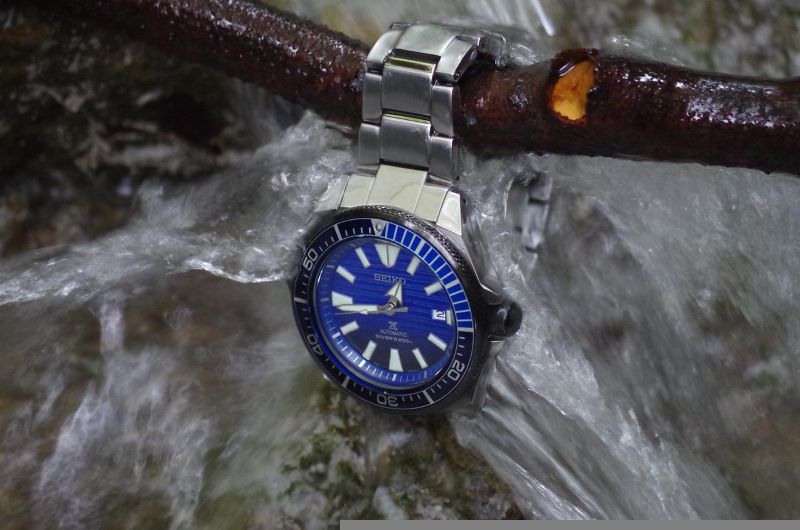IPX7 vs IP67 Comparisons: Which Is Better? If you’ve shopped for a phone, speaker, headphones, or smartwatch recently, you may have noticed the IP67 and IPX7 ratings several times. You may have also come across terms like “dust-proof” and “water-resistant” associated with these ratings. But do you know what they mean and how they compare against each other?
Such codes are referred to as IP ratings. They indicate how an electronic gadget fares against natural elements like dust and water. Brands usually mention them in their product descriptions, with many using them as advertising material.
“IP67” and “IPX7” are two of the many IP ratings seen on devices. But if both codes indicate the level of dust and water resistance, which one is better? This in-depth comparison guide outlines the differences between IP67 and IPX7 and includes all the related tidbits.
First Things First: What’s an IP Rating?

IP formally stands for Ingress Protection and is also known as International Protection ratings. It’s a rating standard set by the International Electrotechnical Commission (IEC), designed to classify the levels of protection provided by the exterior of electronic gadgets.
An IP-certified device (e.g., smartphones, tablets, headphones, speakers, watches) ensures a specific degree of safety and protection when put against varying natural elements. The codes represent how well the enclosure of a particular device can protect the internal components from dust, sweat, water, etc.
Ingress Protection rating codes generally have two numbers. The first digit refers to the level of protection offered against the entry of solid objects. It includes the palm of your hand, fingers, dust, debris, or other micro-particles. The protection levels range from 0 (low) to 6 (high). The higher the number, the better.
The second number refers to the level of protection against liquid or moisture. It uses a scale from 0 to 8, with the latter representing the highest degree of protection. While there’s also a ninth (9) level, it’s uncommon to see on consumer devices.
You may also see an IP rating with an “X” instead of a number, e.g., IPX7. In cases where the brand hasn’t conducted any tests for dust protection, “X” replaces the rating number as a simple placeholder.
Recommended Reading: Get Freeview on Smart TV
IP67 vs IPX7: What do they Represent?
With the following things in mind, it’s pretty easy to tell the “IP67” and “IPX7” codes apart. Here, we’ve individually discussed these two ingress protection ratings in detail, so follow along to learn more. Odds are you’ll immediately figure out the differences.
IP67
Let’s start with IP67. The first digit in the rating, 6, means the device is fully sealed against dust. Hence, the internal components have complete protection from contact with dust and other harmful micro-particles.
The second numerical value, 7, indicates that the device is also water-resistant. But it can only survive temporary immersion in a water body with a depth of up to 1 meter (3.3 ft.) for up to 30 minutes under standardized pressure levels. Therefore, an IP67-rated device should have no problem withstanding rain splashes and accidental spills.
IPX7
On the other hand, the X in the IPX7 rating means the manufacturer hasn’t tested the device for protection against dust and other solid objects. However, the water-resistance rating of 7 means the device can survive under 1 meter of water for up to 30 minutes. Plus, it should be able to withstand adverse weather conditions like rain and snowfall.
You May Like – What is SPDIF & Optical?
IPX7 vs IP67: Which one is Better?
It’s clear that IP67 has an obvious advantage over IPX7, thanks to the extra dust protection it offers. So, when choosing between an IP67 and IPX7-rated product, you may consider going with the former option for the stated reason.
That said, it really depends on how and where you plan to use the particular product. Suppose you’re buying a Bluetooth speaker or a pair of TWS earbuds for outdoor use. In that case, an IP67-certified speaker with dust and water resistance is the one to purchase.
However, if you’re buying a speaker or a pair of headphones only for home use, any IPX7-rated option will do the job just fine. But again, if you plan to bring them to the pool or beach, IP67 or a higher rating is a must.